VTech Telecommunications 80-5348-02 Cordless Telephone Base Transceiver User Manual ip 5825 p65
VTech Telecommunications Ltd Cordless Telephone Base Transceiver ip 5825 p65
Contents
- 1. Manual FCC Statement
- 2. Manual ip5825
- 3. Manual ip5850 Pt 1
- 4. Manual ip5850 Pt 2
Manual FCC Statement
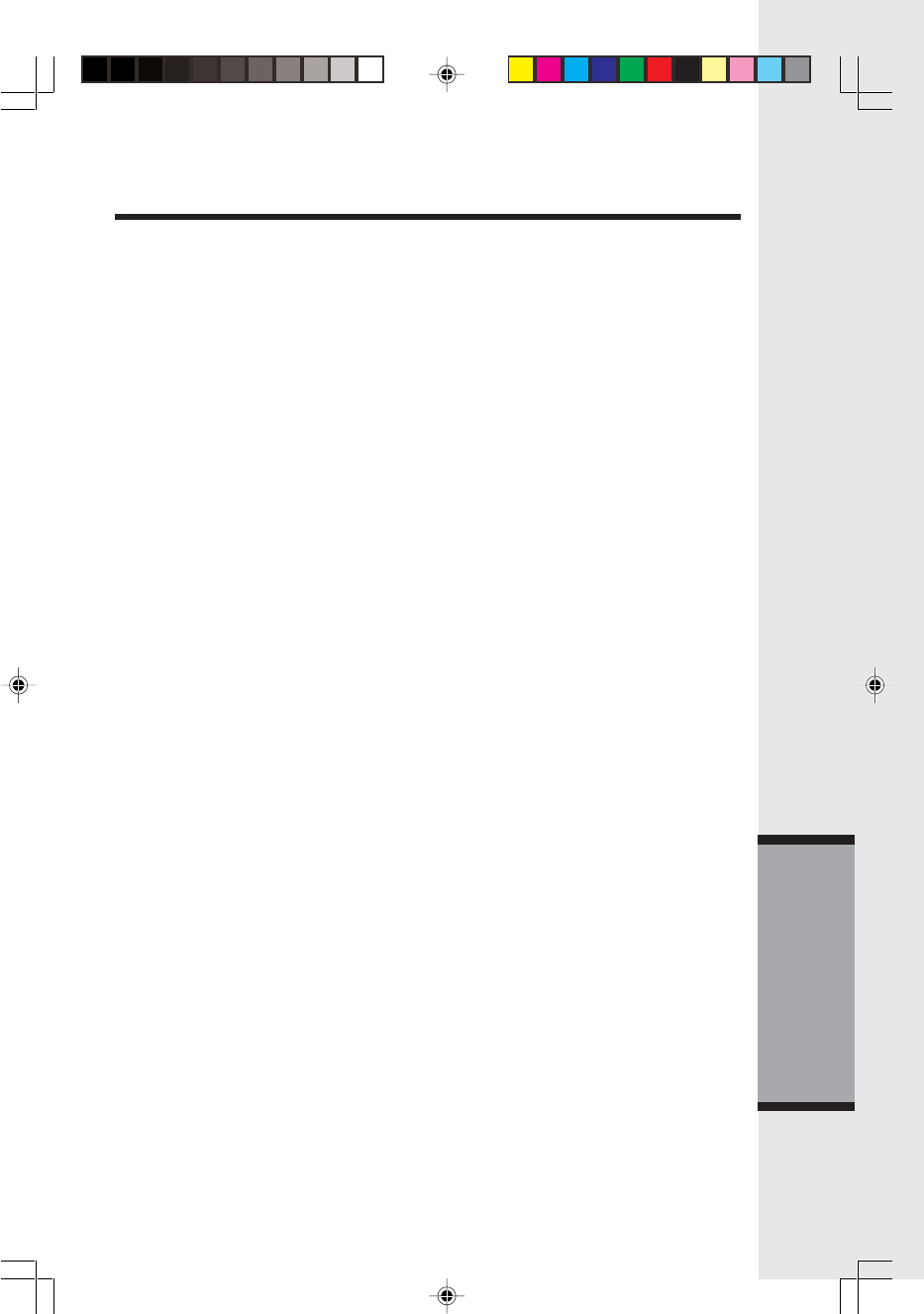
39
Additional Information
• In to event shall VTech be liable for any indirect, special, incidental, consequential,
or similar damages (including, but not limited to lost profits or revenue, inability to
use the product, or other associated equipment, the cost of substitute equipment,
and claims by third parties) resulting from the use of this product, some states do
not allow the exclusion or limitation of incidental or consequential damages, so the
above limitation or exclusion may not apply to you.
FCC, ACTA and IC Regulations
This equipment complies with Parts 15 of the Federal Communications Commission
(FCC) rules for the United States. It also complies with regulations RSS210 and
CS-03 of Industry and Science Canada. Operation is subject to the following two
conditions: (1) this device may not cause interference, and (2) this device must
accept any interference, including interference that may cause undesired opera-
tion of the device.
A label is located on the underside of the Base Unit containing either the FCC
registration number and Ringer Equivalence Number (REN) or the IC registration
number and Load Number. You must, upon request, provide this information to
your local telephone company.
This equipment is compatible with inductively coupled hearing aids.
Should you experience trouble with this telephone equipment, please contact:
VTech Communications Inc
CUSTOMER SERVICE at 1-800-595-9511. In Canada, call VTech Telecommunications
Canada Ltd. at 1-800-267-7377.
For repair/warranty information. The telephone company may ask you to disconnect
this equipment from the line network until the problem has been corrected.
FCC Part 15
Warning: Changes or modifications to this unit not expressly approved by the party
responsible for compliance could void the user’s authority to operate the equipment.
The equipment has been tested and found to comply with part 15 of the FCC rules.
These limits are designed to provide reasonable protection against harmful inter-
ference in a residential installation. This equipment generates, uses and can
radiate radio frequency energy and, if not installed and used in accordance with the
instructions, may cause harmful interference to radio communications.
However, there is no guarantee that interference will not occur in a particular in-
stallation. If this equipment does cause harmful interference to radio or television
reception, which can be determined by turning the equipment off and on, the user is
encouraged to try and correct the interference by one or more of the following
measures:
• Reorient or relocate the receiving antenna.
FCC, ACTA and IC Regulations
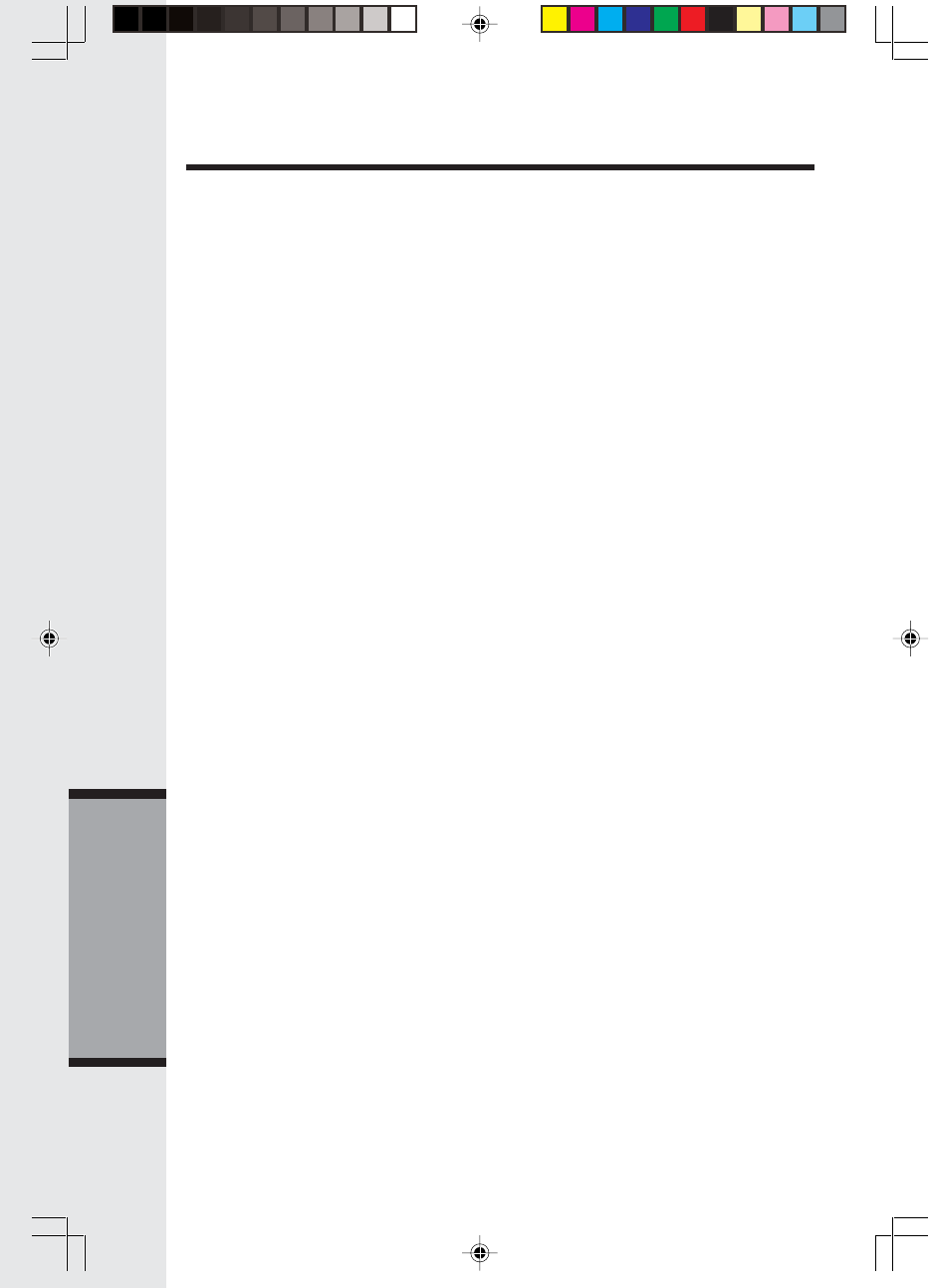
40
Additional Information
• Increase the separation between the equipment and receiver.
• Connect the equipment into an outlet or on a circuit different from that to which the
receiver is connected.
• Consult the dealer or an experienced radio/TV technician for help.
To ensure safety of users, the FCC has established criteria for the amount of radio
frequency energy that can be safely absorbed by a user or bystander according to
the intended usage of the product. This product has been tested and found to com-
ply with the FCC criteria. The handset has such a low power that it does not require
testing. It may be safely held against the ear of the user. The base unit shall be
installed & used such that parts of the user’s body other than the hands should be
maintained at a comfortable distance of approximately 20 cm or more.
FCC and ACTA Information
If this equipment was approved for connection to the telephone network prior to
July 23, 2001, it complies with Part 68 of the Federal Communications Commission
(FCC) rules. If the equipment was approved after that date, it complies with the
Part 68 rules and with Technical Requirements for Connection of Equipment to the
Telephone Network adopted by the Administrative Council for Terminal Attachments
(ACTA). We are required to provide you with the following information.
1. Product identifier and REN information
The label on the back or bottom of this equipment contains, among other things, an
identifier indicating product approval and the Ringer Equivalence Number (REN).
This information must be provided to your local telephone company upon request.
For equipment approved prior to July 23, 2001, the product identifier is preceded by
the phrase “FCC Reg No.” and the REN is listed separately. For equipment
approved after that date, the product identifier is preceded by “US” and a colon (:),
and the REN is encoded in the product identifier without a decimal point as the sixth
and seventh characters following the colon. For example, the product identifier
US:AAAEQ01B123XYZ would indicate an REN of 0.3. The REN is used to determine
how many devices you may connect to your telephone line and still have them ring
when you are called. In most, but not all areas, the sum of all RENs should be five
(5.0) or less. You may want to contact your local telephone company for more information.
2. Connection and use with the nationwide telephone network
The plug and jack used to connect this equipment to the premises wiring and the
telephone network must comply with the applicable Part 68 rules and technical
requirements adopted by ACTA. A compliant telephone cord and modular plug is
provided with this product. It is designed to be connected to a compatible modular
jack that is also compliant. An RJ11 jack should normally be used for connecting to
a single line and an RJ14 jack for two lines. See Installation Instructions in the
user’s manual. This equipment may not be used with Coin Telephone Lines or with
FCC, ACTA and IC Regulations
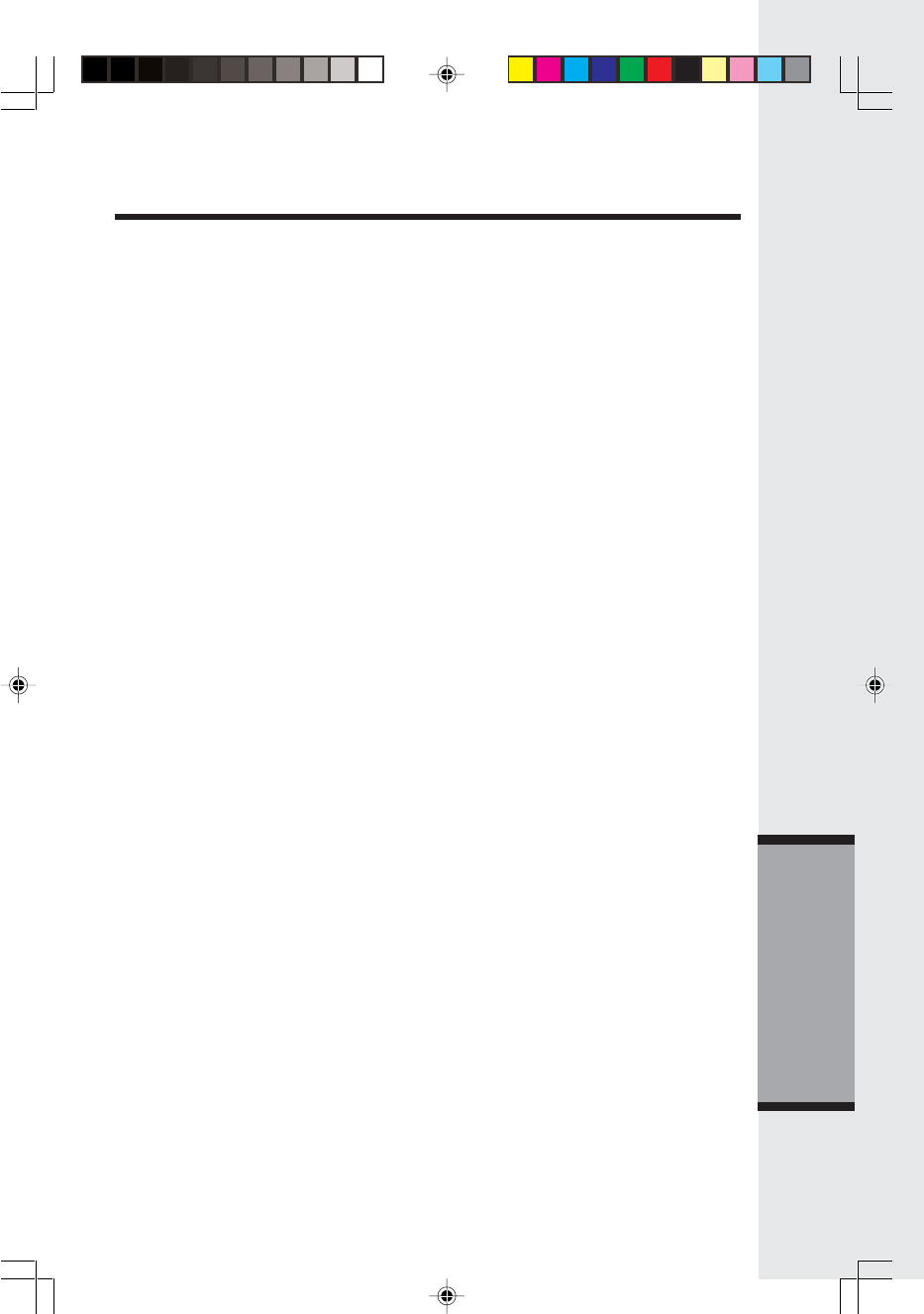
41
Additional Information
Party Lines. If you have specially wired alarm dialing equipment connected to your
telephone line, ensure the connection of this equipment does not disable your alarm
equipment. If you have questions about what will disable alarm equipment, consult
your telephone company or a qualified installer.
3. Repair instructions
If this equipment is malfunctioning, it must be unplugged from the modular jack until
the problem has been corrected. Repairs to this telephone equipment can only be
made by the manufacturer or its authorized agents. For repair procedures, follow
the instructions outlined under the Limited Warranty.
4. Rights of the telephone company
If this equipment is causing harm to the telephone network, the telephone company
may temporarily discontinue your telephone service. The telephone company is
required to notify you before interrupting service. If advance notice is not practical,
you will be notified as soon as possible. You will be given the
opportunity to correct the problem and the telephone company is required to inform
you of your right to file a complaint with the FCC. Your telephone company may
make changes in its facilities, equipment, operation, or procedures that could affect
the proper functioning of this product. The telephone company is required to notify
you if such changes are planned.
5. Hearing aid compatibility
If this product is equipped with a corded or cordless Handset, it is hearing aid
compatible.
6. Programming/testing of emergency numbers
If this product has memory dialing locations, you may choose to store police, fire
department and emergency medical service telephone numbers in these locations.
If you do, please keep three things in mind:
a We recommend that you also write the telephone number on the directory card,
so that you can still dial the emergency number manually if the memory dialing
feature doesn’t work.
b This feature is provided only as a convenience, and the manufacturer assumes
no responsibility for customer reliance upon the memory feature.
c Testing the emergency telephone numbers you have stored is not recommended.
However, if you do make a call to an emergency number:
• You must remain on the line and briefly explain the reason for the call before
hanging up.
• Programming/testing of emergency numbers should be performed during off-peak
hours, such as in the early morning or late evening, when the emergency services
tend to be less busy.
IC (Industry Canada)
FCC, ACTA and IC Regulations
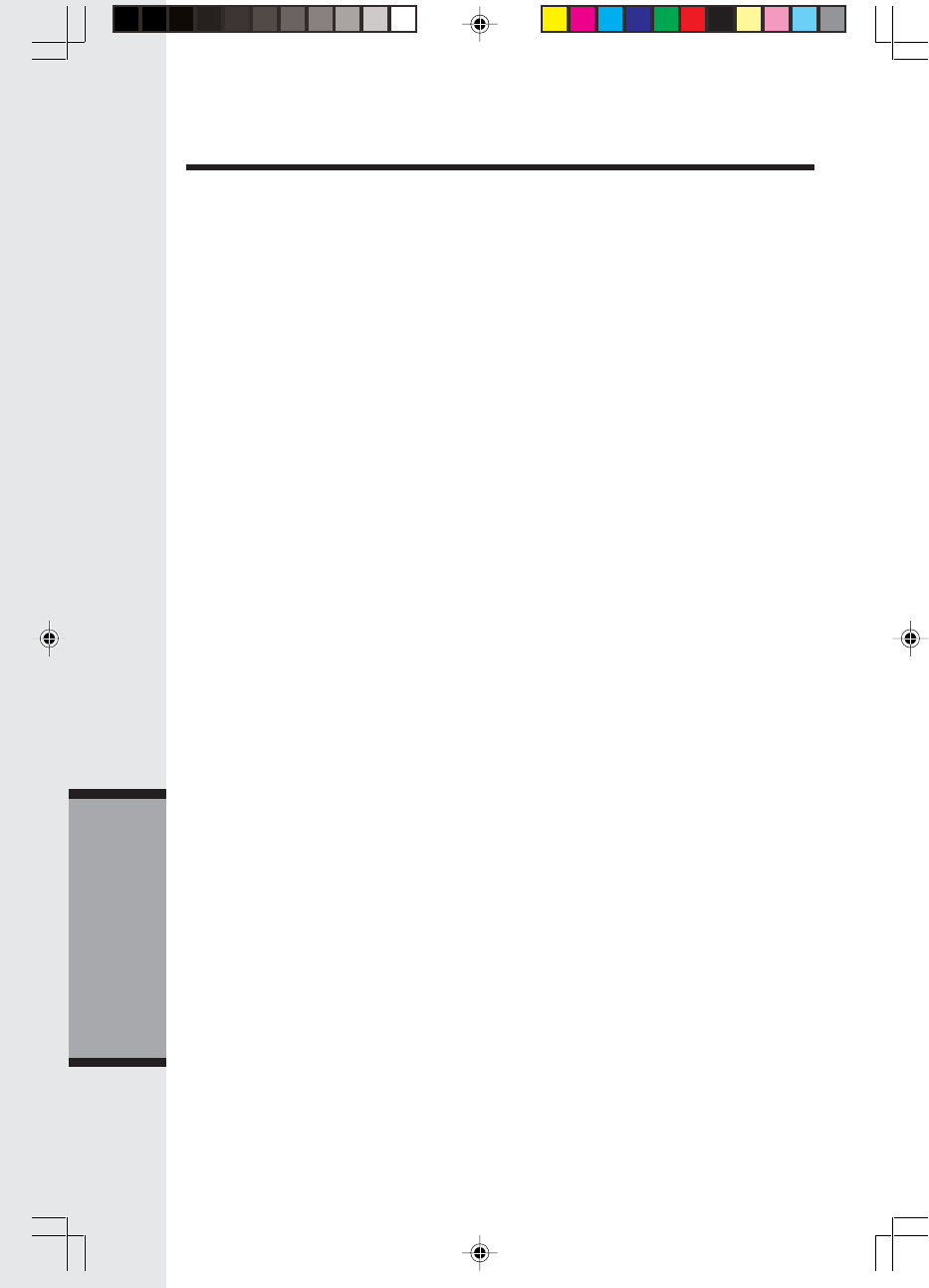
42
Additional Information
This telephone is registered for use in Canada.
The term “IC:” before the radio certification number only signifies that Industry
Canada technical specifications were met.
Notice:
This equipment meets the applicable Industry Canada Terminal Equipment Technical
Specifications. This is confirmed by the registration number. The abbreviation, IC,
before the registration number signifies that registration was
performed based on a Declaration of Conformity indicating that Industry Canada
technical specifications were met. It does not imply that Industry Canada approved
the equipment.
Notice:
The Ringer Equivalence Number (REN) for this terminal equipment is 0.1. The
REN assigned to each terminal equipment provides an indication of the maximum
number of terminals allowed to be connected to a telephone interface. The termination
on an interface may consist of any combination of devices subject only to the
requirement that the sum of the Ringer Equivalence Numbers of all the devices
does not exceedfive.
Repairs to certified equipment should be made by an authorized Canadian main-
tenance facility designated by the supplier. Any repairs or alterations made by the
user to this equipment, or equipment malfunctions, may give the telecommunications
company cause to request the user to disconnect the equipment.
Users should ensure for their own protection that the electrical ground connections
of the power utility, telephone lines and internal metallic water pipe system, if present,
are connected together. This precaution may be particularly important in rural areas.
Caution:
Users should not attempt to make such connections themselves, but should contact
the appropriate electrical inspection authority, or electrician, as appropriate.
Your Cordless Phone is designed to operate at the maximum power allowed by the
FCC and IC. This means your Handset and Base Unit can communicate only over
a certain distance - which will depend on the location of the Base Unit and Handset,
weather, and the construction and layout of your home or office.
FCC, ACTA and IC Regulations
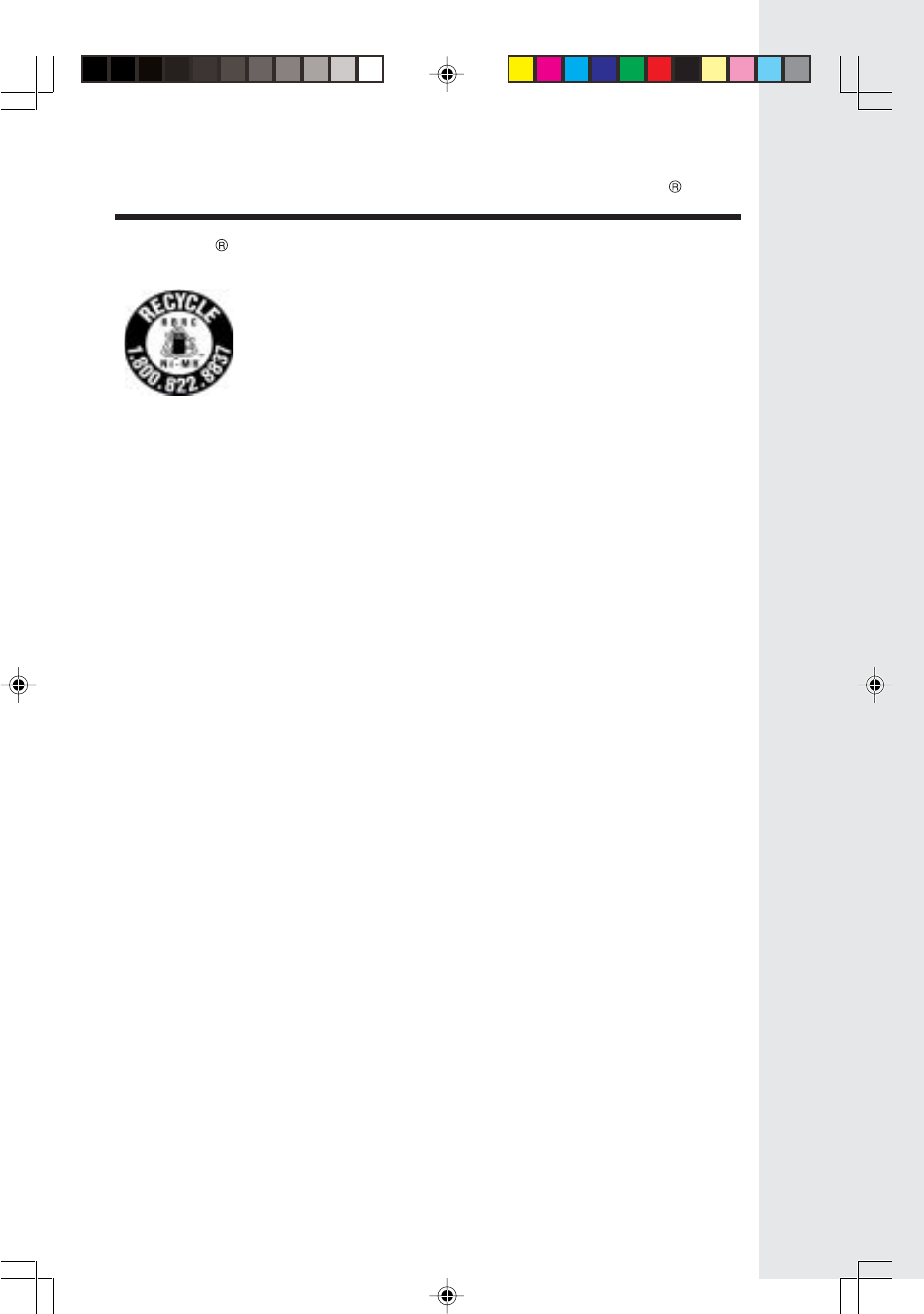
43
The RBRC Seal
The RBRC® Seal on the nickel-metal-hydride battery indicates
that VTech Communications, Inc. is voluntarily participating
in an industry program to collect and recycle these batteries at
the end of their useful lives, when taken out of service within the
United States and Canada.
The RBRC® program provides a convenient alternative to placing used nickel-
metal-hydride batteries into the trash or municipal waste, which may be illegal in
your area.
VTech’s partnership in RBRC® makes it easy for you to drop off the spent battery
at local retailers participating in the RBRC® program or at authorized VTech
product service centers. Please call 1-800-8-BATTERY for information on Ni-MH
battery recycling and disposal bans/restrictions in your area. VTech’s involvement
in this program is part of its commitment to protecting our environment and con-
serving natural resources.
RBRC® is a registered trademark of Rechargeable Battery Recycling
Corporation.
The RBRC Seal